Natural fiber rugs are made from materials found in nature, such as jute, sisal, and wool. They offer durability, a natural look, and eco-friendly benefits that make them a popular choice for many homes. These rugs bring texture and warmth while being less harmful to the environment compared to synthetic alternatives.


People often choose natural fiber rugs because they blend well with many styles and add an organic feel to any room. They are available in several types, each with its own texture and look. Understanding the options helps people pick the right rug for their space and needs.
While natural fiber rugs are durable, they do require some care to stay in good shape. Knowing how to clean and maintain them will keep the rug looking great for years.
Key Takeways
- Natural fiber rugs are durable and eco-friendly.
- They suit many home designs with different textures and colors.
- Proper care extends the life of natural fiber rugs.
What Are Natural Fiber Rugs?
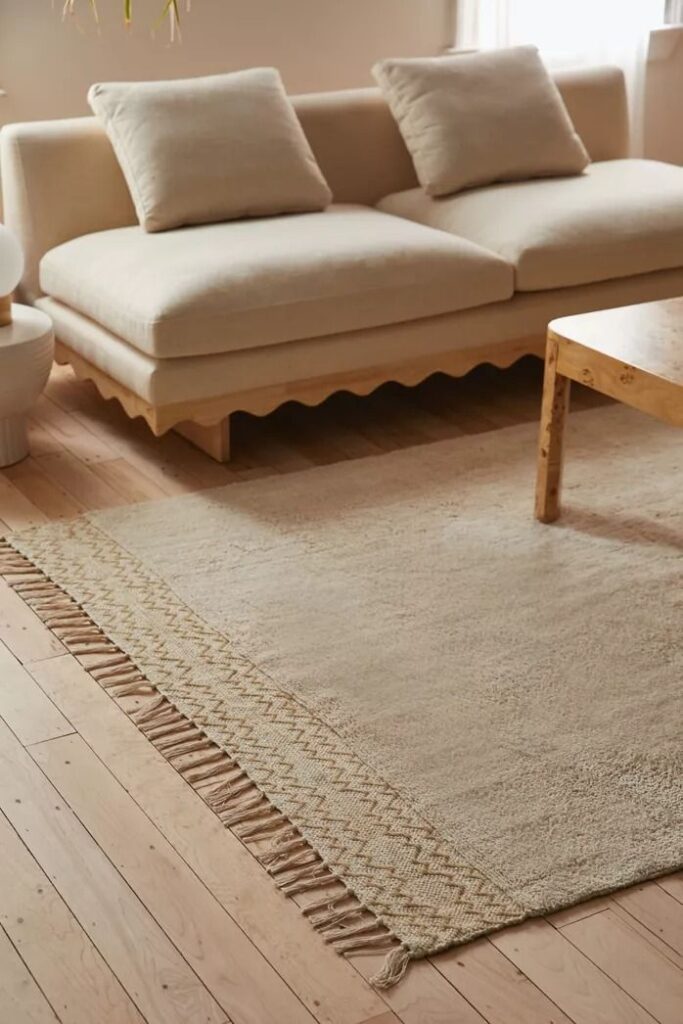
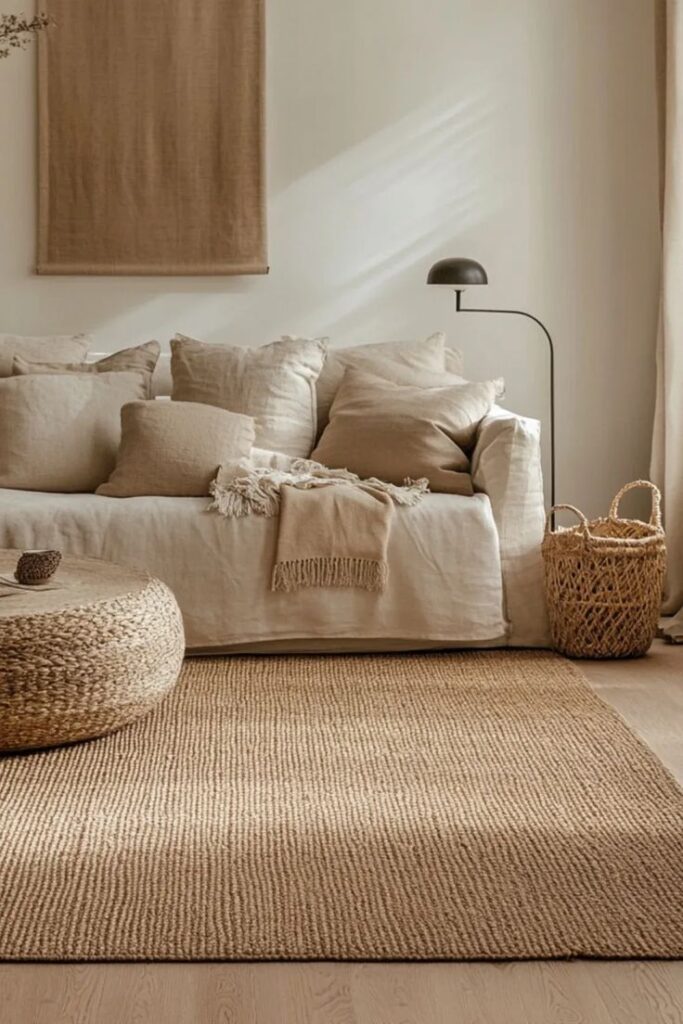
Natural fiber rugs are made from materials that come from plants or animals. These fibers have unique textures, strengths, and appearances. Knowing what they are and the common types helps in choosing the right rug for different spaces.
Definition and Characteristics
Natural fiber rugs are crafted using fibers taken directly from nature. These fibers are usually harvested from plants, like grasses or seeds, or from animals, such as wool.
They tend to be durable and eco-friendly because they break down naturally over time. Many natural fiber rugs are breathable, making them good for warm climates.
However, they can be more sensitive to water and stains compared to synthetic rugs. This means they might require special care to keep their look and feel.
Major Types of Natural Fibers
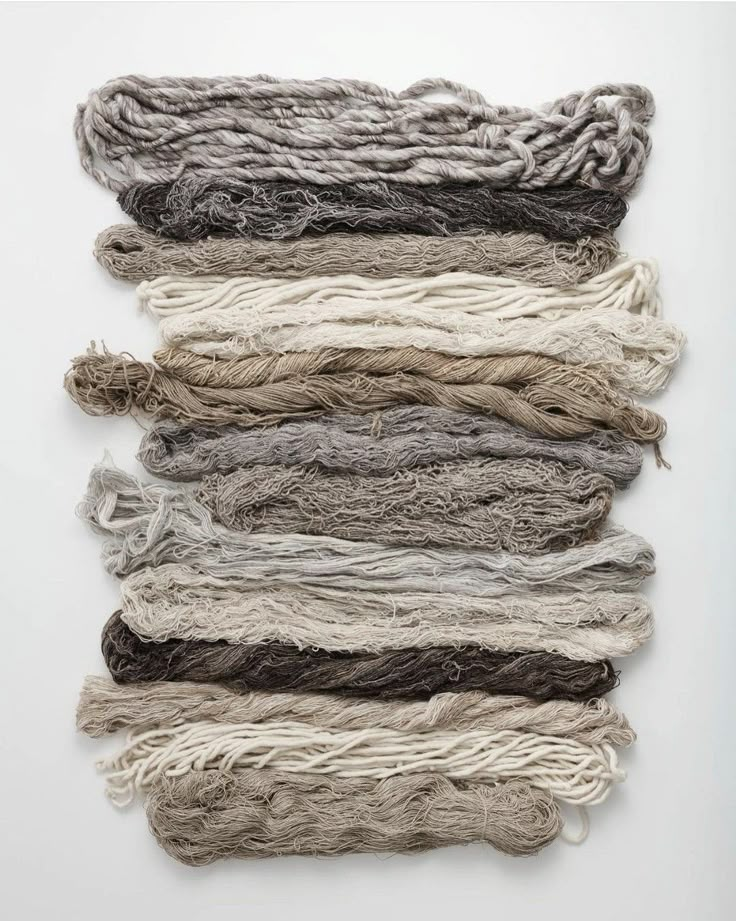

There are several common fibers used in natural rugs:
- Jute: Soft and affordable, but less durable in moist conditions.
- Sisal: Strong, textured, and good for high-traffic areas.
- Seagrass: Water-resistant and smooth, with a natural sheen.
- Wool: Warm and soft, known for resilience and stain resistance.
- Coir: Made from coconut husks, rougher texture, best for entryways.
Each fiber has distinct properties, so selecting a rug depends on the room’s use and desired feel.
Popular Types of Natural Fiber Rugs

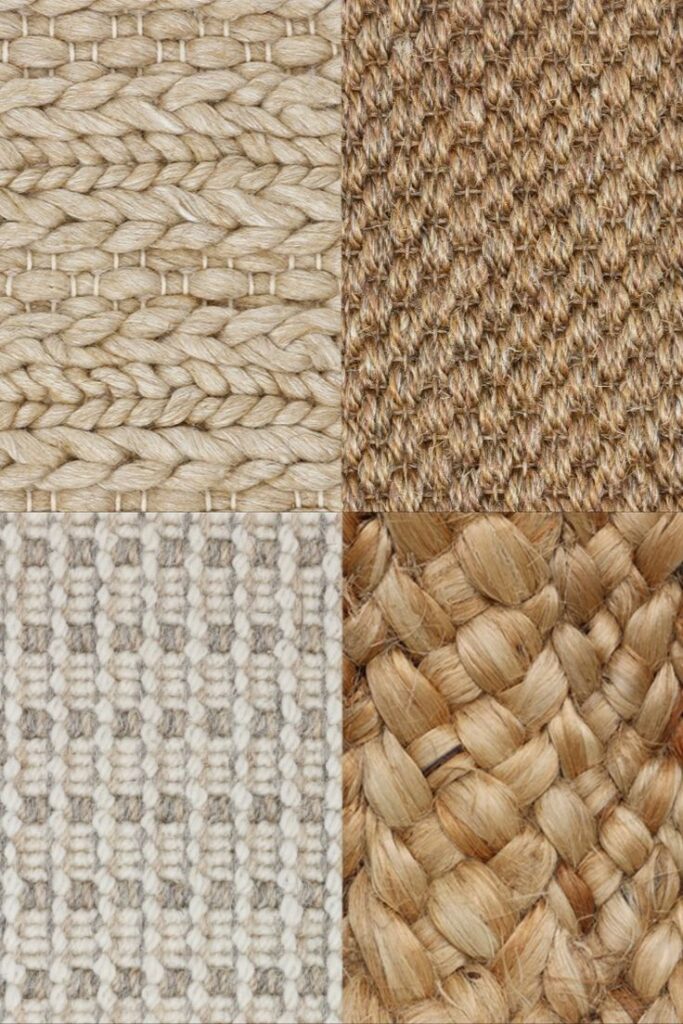
Natural fiber rugs come from plants or animals and offer different strengths and textures. Some are soft and cozy, while others are tough and durable. Choosing the right type depends on where the rug will be used and the look desired.
Jute Rugs

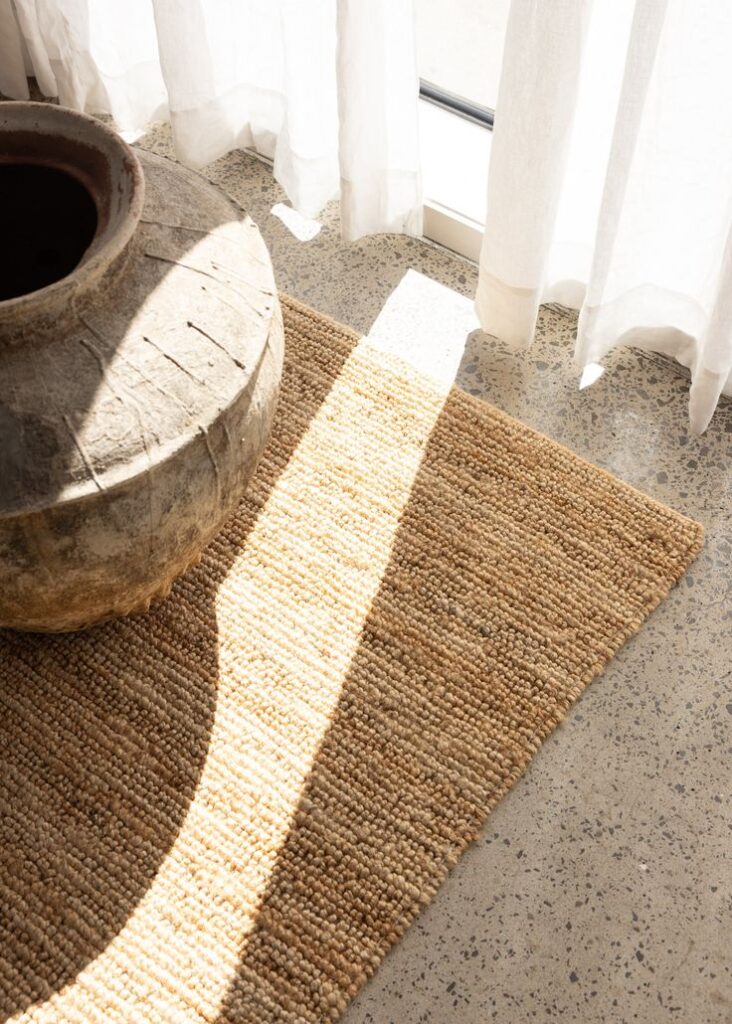
Jute rugs are made from the soft fibers of the jute plant. They are strong but have a natural, slightly rough texture. These rugs often have a warm, golden color and work well in low-traffic areas like bedrooms or living rooms.
Jute rugs are affordable and eco-friendly. They resist dirt but can soak up moisture, so they are not a good choice for damp spaces. The weave is loose, giving a casual and natural look.
Sisal Rugs

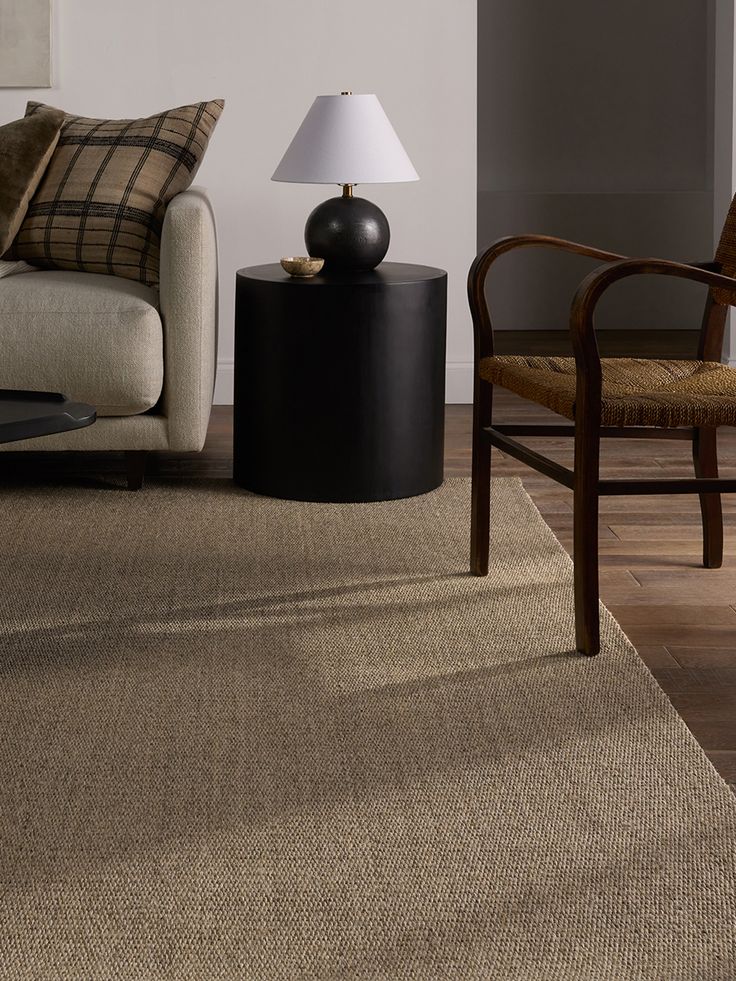
Sisal rugs come from the leaves of the agave plant. This fiber is very tough and durable, making sisal rugs great for high-traffic areas like hallways and entryways. They usually have a coarse feel and come in natural beige or gray tones.
These rugs are hard-wearing and easy to clean but can be rough underfoot. Sisal does not absorb stains easily but should be kept dry because water can damage the fibers.
Seagrass Rugs

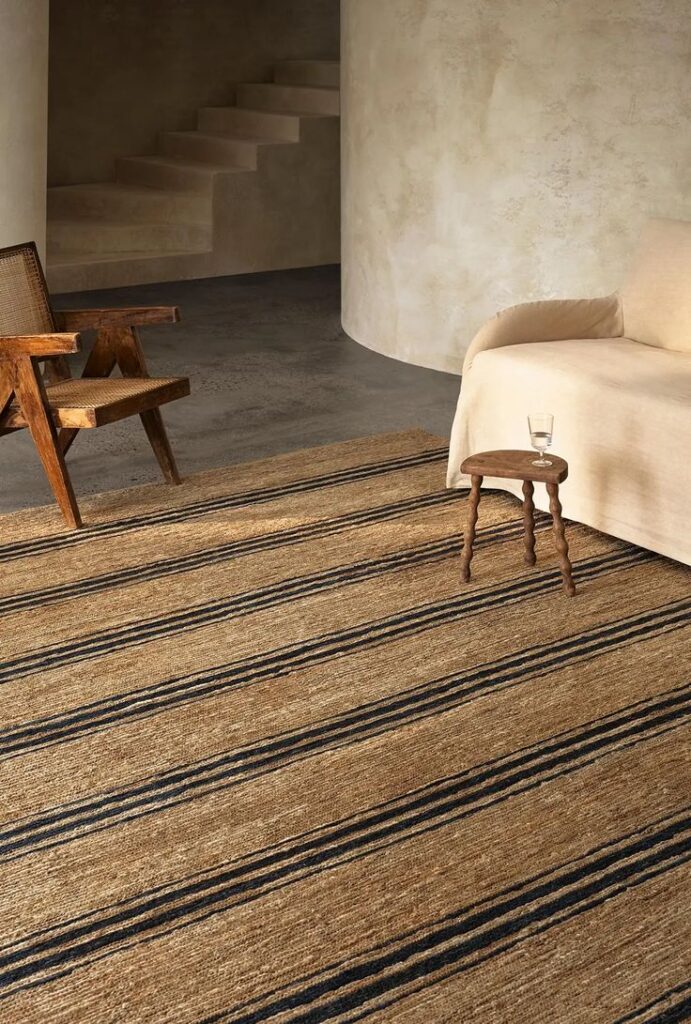
Seagrass rugs are made from grass that grows in coastal areas. The fibers are smooth and shiny, offering a unique texture. These rugs are naturally water-resistant, which makes them ideal for kitchens and bathrooms.
Seagrass rugs are strong and have a lighter color than sisal or jute. They are less soft but easy to clean with vacuuming. The natural sheen adds a subtle glow to any room.
Wool Rugs

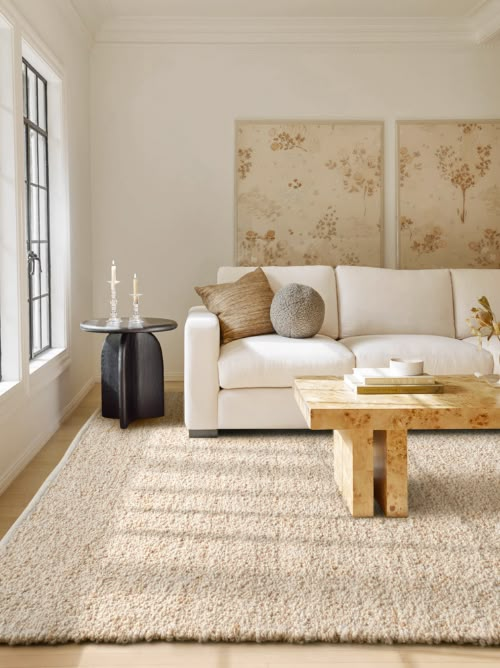
Wool rugs come from sheep and have a soft, plush feel. They are thick and warm, making them great for cold rooms or areas where comfort underfoot is important. Wool is naturally flame-resistant and absorbs sound well.
Wool rugs are more expensive but very durable. They handle foot traffic and stains better than many other natural fibers. Wool can be cleaned with special products to keep its softness and color.
Eco-Friendly and Sustainability Benefits
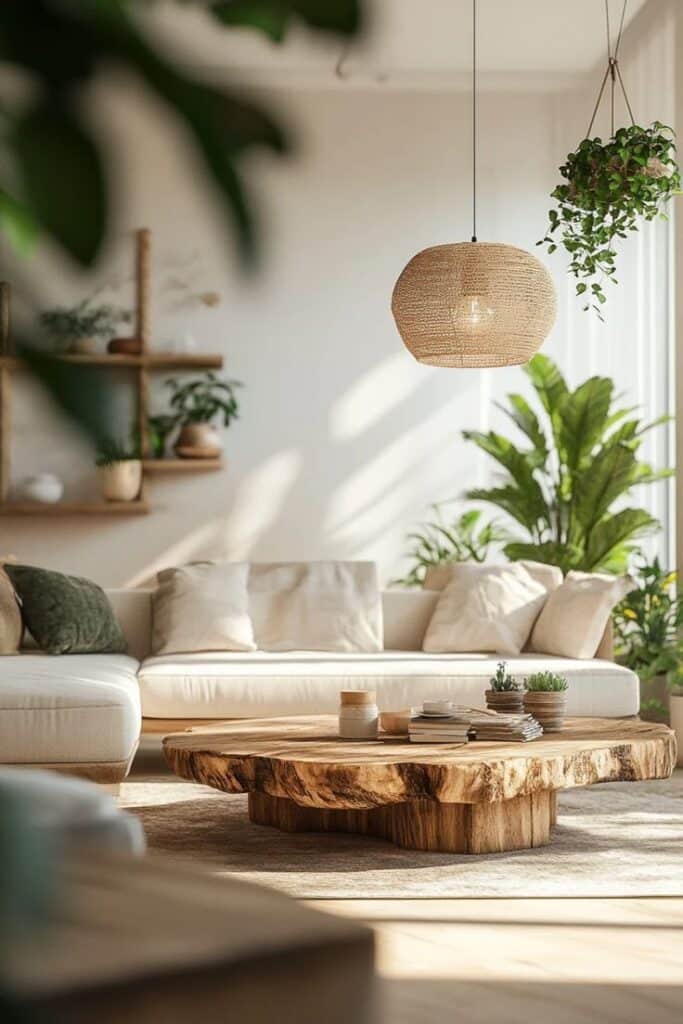

Natural fiber rugs offer key environmental advantages. They break down easily, come from renewable sources, and usually require less energy to produce compared to synthetic rugs.
Biodegradability
Natural fiber rugs such as jute, sisal, and wool decompose naturally when discarded. This means they do not leave harmful waste in landfills or oceans.
Because they are made from plant-based or animal materials, microbes can break them down into simpler substances like water, carbon dioxide, and organic matter.
This process takes months to a few years, depending on conditions, but it is much faster than synthetic rugs, which can persist for decades.
Sustainable Sourcing
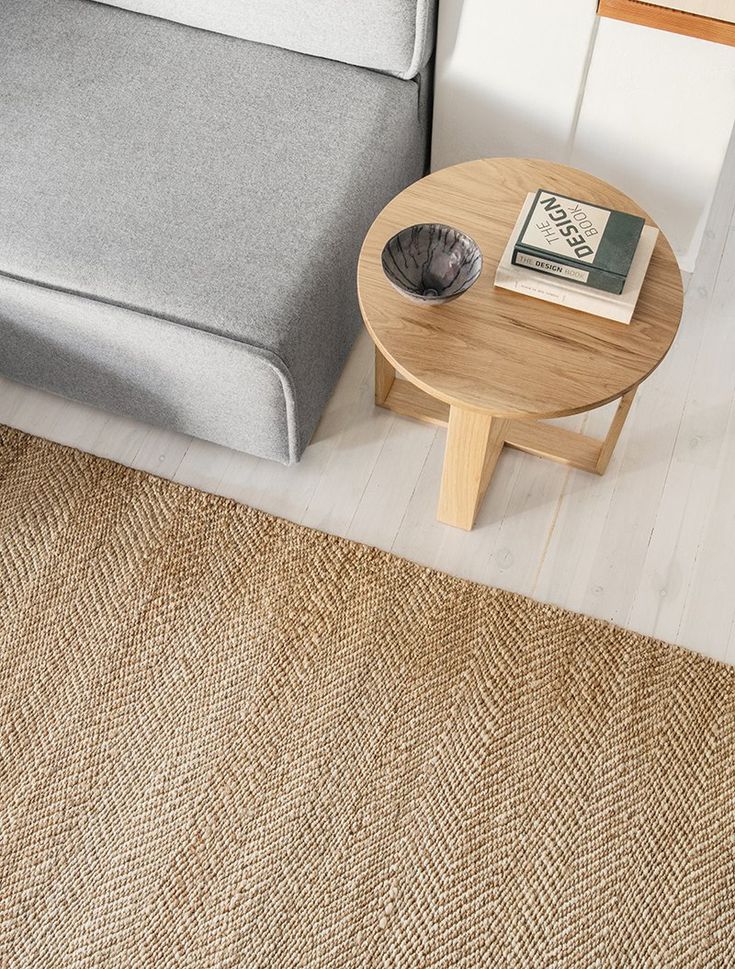

Most natural fibers are harvested from quickly growing plants or renewable animal resources. For example, jute and sisal plants regrow every 4 to 6 months, making them a reliable source without long-term damage.
Wool is collected by shearing sheep, a natural and renewable process that doesn’t harm animals.
Farmers who harvest these fibers often use methods that maintain soil health and reduce land degradation.
Low Environmental Impact
Producing natural fiber rugs uses less manufacturing energy compared to synthetic rugs, which rely on petroleum.
No harsh chemicals are needed to create the fibers or to break down the rugs after use.
Water usage for fibers like wool and cotton is moderate, and many producers aim to reduce pesticide and fertilizer use to limit environmental harm.
Natural fiber rugs generally have a smaller carbon footprint from start to finish.
Design and Aesthetic Appeal
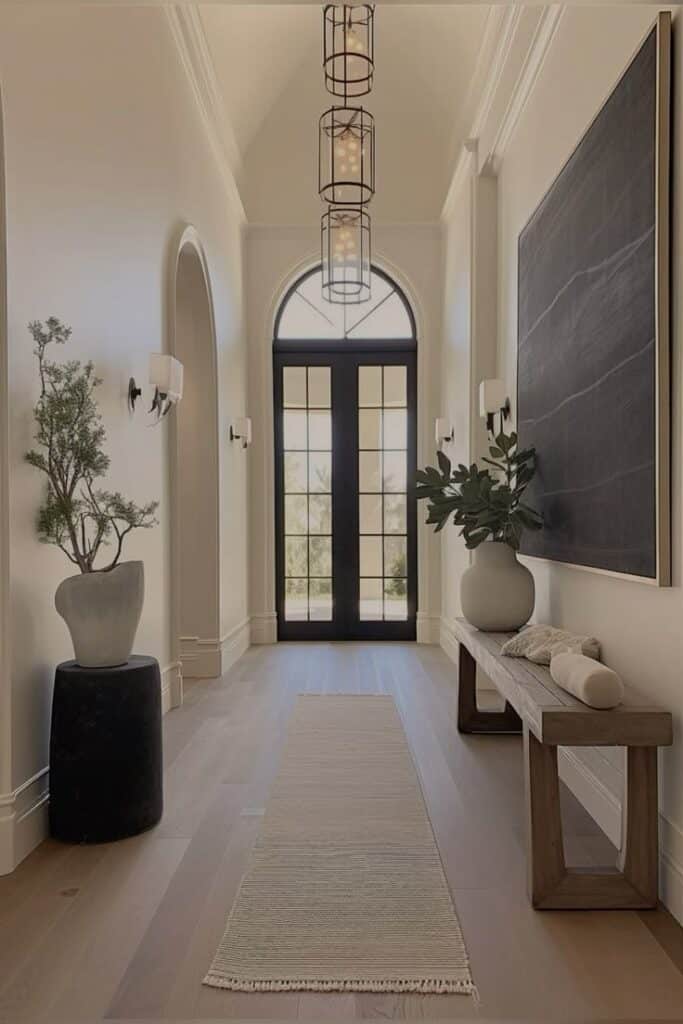
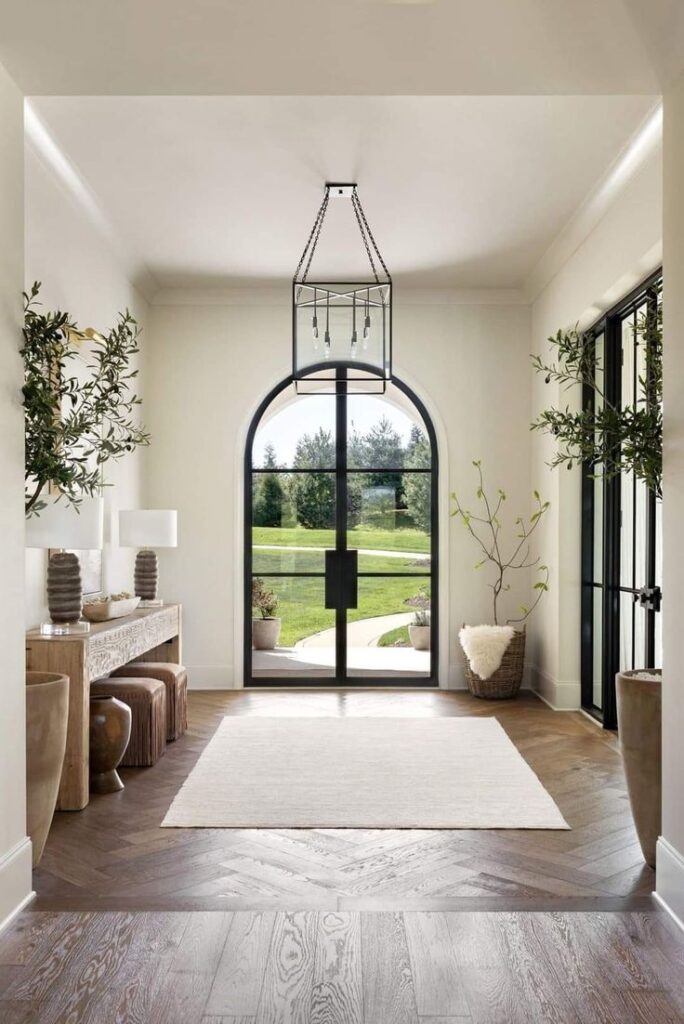
Natural fiber rugs offer unique looks through their textures and colors. Their design features are shaped by how the fibers are woven and dyed. These rugs can fit many different decorating styles because of their varied patterns and shades.
Texture and Weave Patterns
Natural fiber rugs use fibers like jute, sisal, seagrass, and wool. Each fiber has a distinct texture that changes how the rug feels underfoot. For example, sisal is rougher and more durable, while wool is softer.
Weave patterns also affect the rug’s appearance. Common weaves include braided, flatweave, and looped styles. Braided rugs create a thick, cushioned surface. Flatweave rugs are thinner and display clear geometric designs. Looped weave rugs add depth and dimension.
These textures and patterns help define the character of a space. They can add warmth, contrast, or focus depending on the weave style and fiber used.
Color and Style Options
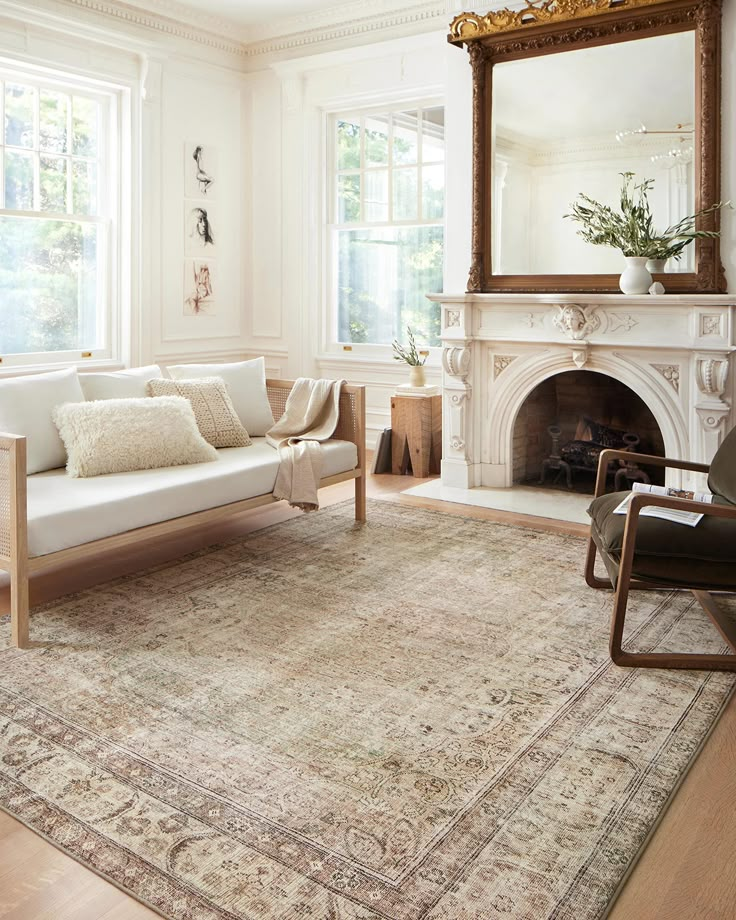
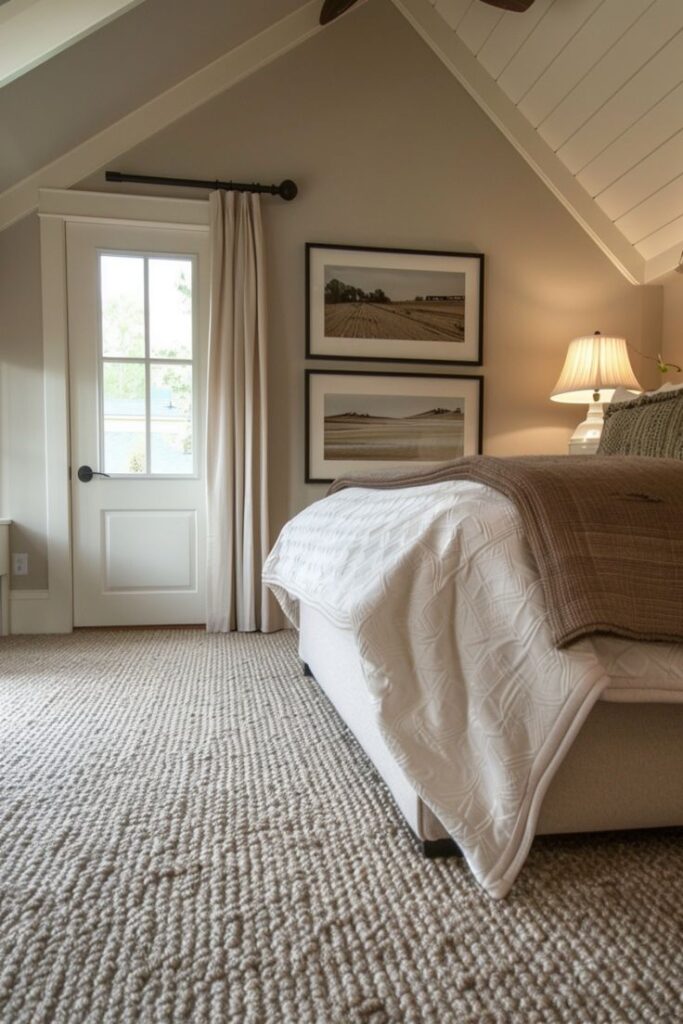
Natural fiber rugs mostly come in neutral colors like beige, brown, cream, and gray. These tones fit well in many rooms because they blend with most decor. Some rugs have subtle variations in color due to natural plant fibers.
Dyeing natural fibers is possible but less common. When dyed, rugs often show soft, muted hues rather than bright colors. Styles range from simple, solid colors to intricate patterns made by varying weave techniques.
This makes natural fiber rugs flexible for both casual and formal interiors. Their understated tones support other design elements without overwhelming the room.
Choosing the Right Natural Fiber Rug
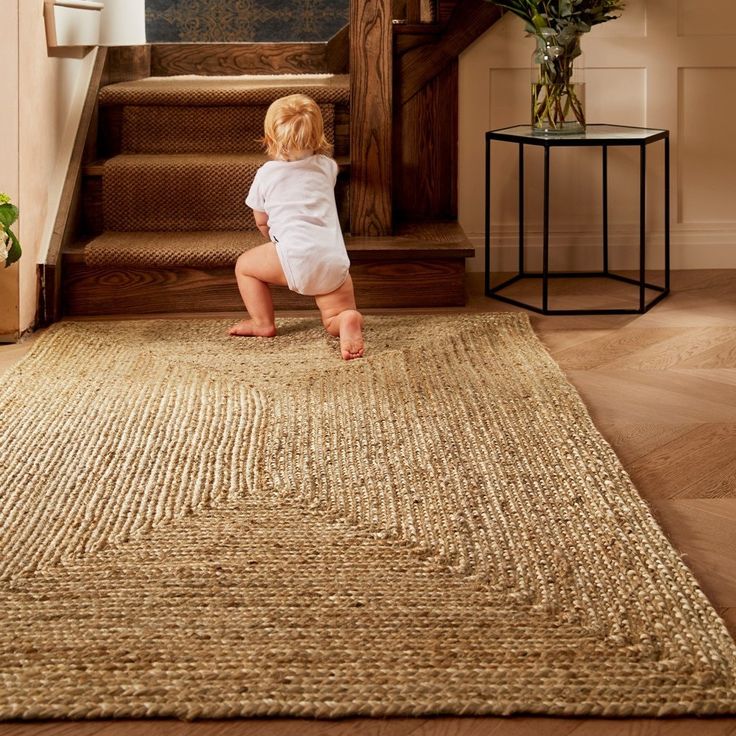

Selecting a natural fiber rug depends on where it will be placed and how much use it will get. Different fibers work better in different rooms and suit varying levels of foot traffic.
Rug Placement and Room Usage
Natural fiber rugs are best matched to the room’s purpose. For example, jute rugs work well in low-moisture rooms like living rooms or bedrooms. They add texture but can wear quickly if exposed to water.
Sisal rugs are more durable and can handle spots like hallways or dining rooms. Wool rugs manage well in bedrooms and living rooms because they hold warmth and resist dirt.
Avoid natural fiber rugs in bathrooms or kitchens where water spills are frequent. These fabrics absorb moisture and can stain or mold easily. Consider fiber type first to match the rug to the room’s conditions and use.
Durability and Traffic Considerations
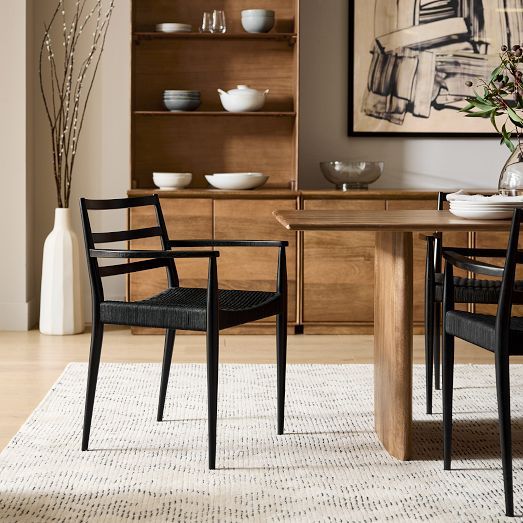

Durability is key with natural fiber rugs. Wool is strong and can stand up to high traffic areas. It also has some natural stain resistance, making it useful in busy parts of the home.
Jute and coir are less durable but affordable. They may work better in low-traffic areas because they wear down faster.
Sisal is a middle ground: tough but rough underfoot. It handles moderate traffic but may not be comfortable for long standing or barefoot use.
Choosing based on room traffic helps the rug last longer and keeps it looking better over time.
Care and Maintenance of Natural Fiber Rugs

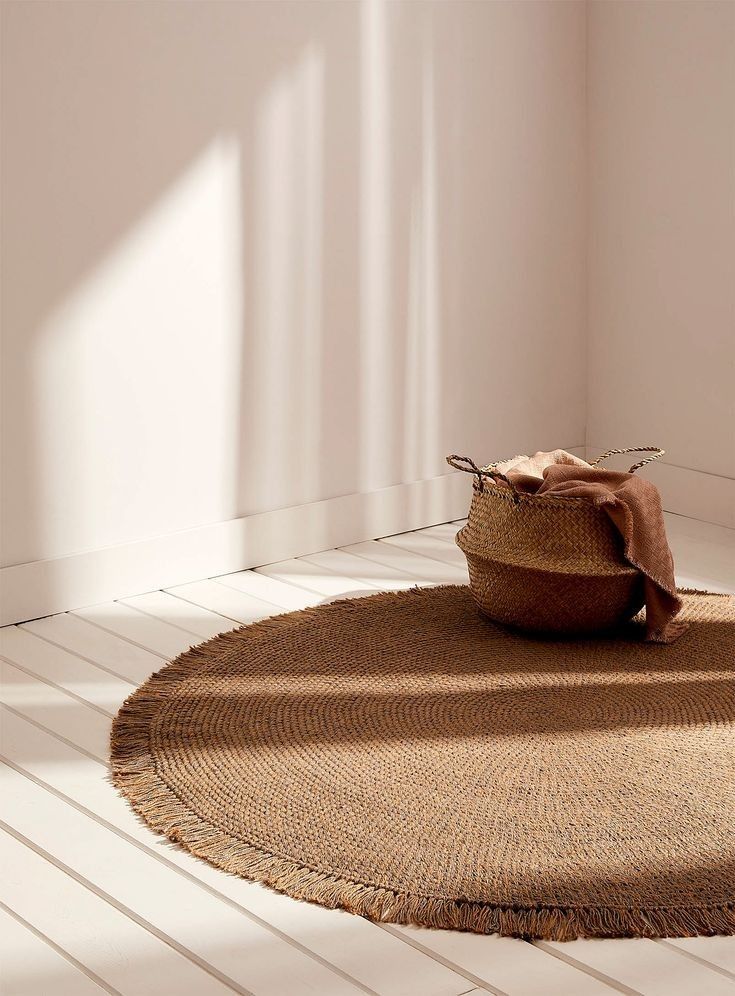
Natural fiber rugs need careful handling to keep their texture and look. Regular cleaning, avoiding harsh chemicals, and quick action on spills are essential for their longevity.
Cleaning Methods
Natural fiber rugs such as jute, sisal, and seagrass should be vacuumed regularly using the suction-only setting. Using a beater bar or brush can damage the fibers.
Shaking the rug outdoors can remove dirt trapped deep in the weave. Spot cleaning with a dry cloth or soft brush is usually best.
Avoid steam cleaning or heavy water since moisture can cause shrinking and mold growth. If a deeper clean is needed, professional cleaning services specialized in natural fibers are recommended.
Dealing With Spills and Stains
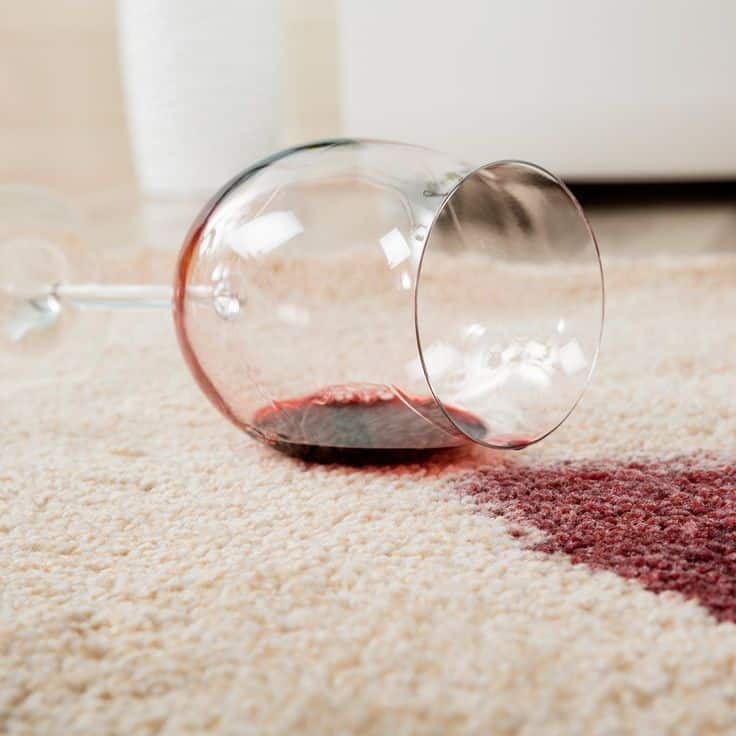

Spills should be blotted immediately with a clean, dry cloth. Rubbing or scrubbing spreads the stain and weakens the fibers.
For grease or oil stains, sprinkling baking soda on the affected area absorbs the oil. Let it sit for 15 minutes before vacuuming.
Water-based stains can be dabbed gently with a damp cloth, but avoid soaking the rug. Mild soap can be used sparingly if needed. Test any product on a small corner first to avoid discoloration.
Common Challenges and Solutions

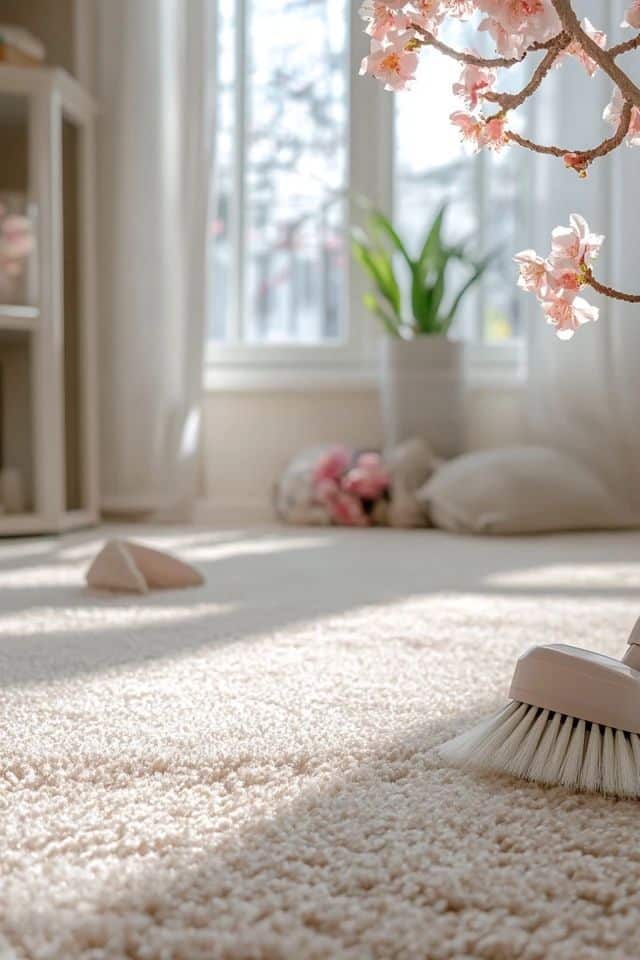
Natural fiber rugs require care to prevent damage. Problems often come from moisture and fiber wear. Taking the right steps can keep the rug in good condition longer.
Moisture and Humidity Issues
Natural fibers like jute, sisal, and coir absorb water easily. This can lead to mold, mildew, or a musty smell if the rug stays damp. High humidity also weakens the fibers over time.
To reduce problems:
- Keep rugs away from damp areas like bathrooms or basements.
- Use a dehumidifier or air conditioner in humid rooms.
- Clean spills immediately by blotting with a dry cloth.
- Occasionally air out the rug in a dry, shaded place.
Avoid using harsh steam cleaners. Instead, choose gentle spot cleaning methods and let the rug dry fully before placing it back.
Shedding and Wear


Shedding happens when loose fibers come off, especially in new rugs made from jute or sisal. It is normal but usually slows over time with regular vacuuming.
To manage shedding:
- Vacuum with a suction-only mode or a brushless vacuum to avoid pull damage.
- Rotate the rug regularly to evenly distribute traffic wear.
- Use rug pads underneath to reduce friction and protect both the rug and floor.
Heavy foot traffic can cause fiber breakdown and flattening. For high-traffic areas, choosing thicker or tightly woven natural fiber rugs helps with durability.
Cost and Value Considerations

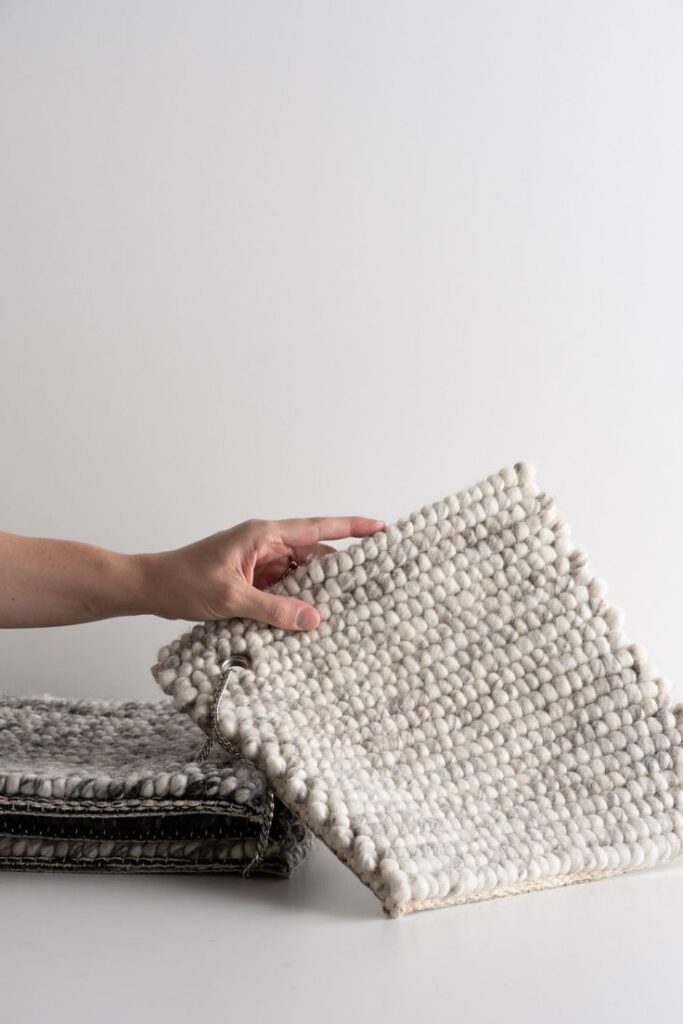
Natural fiber rugs vary in price depending on the type of fiber used and their quality. Some fibers cost more because they are harder to produce or more durable. Value depends on how long the rug lasts and how well it holds up to use.
Price Range by Fiber Type
Different natural fibers come at different price points. For example:
- Jute: Usually the cheapest, ranging from $50 to $150 for a standard area rug.
- Sisal: Mid-range pricing, often between $100 and $250.
- Coir: Also in the mid-range, around $80 to $200.
- Wool: One of the most expensive, commonly $200 to $500 or more.
Prices vary based on rug size, weave quality, and origin. Wool rugs tend to cost more because wool is stronger and more complex to process.
Overall Value and Longevity
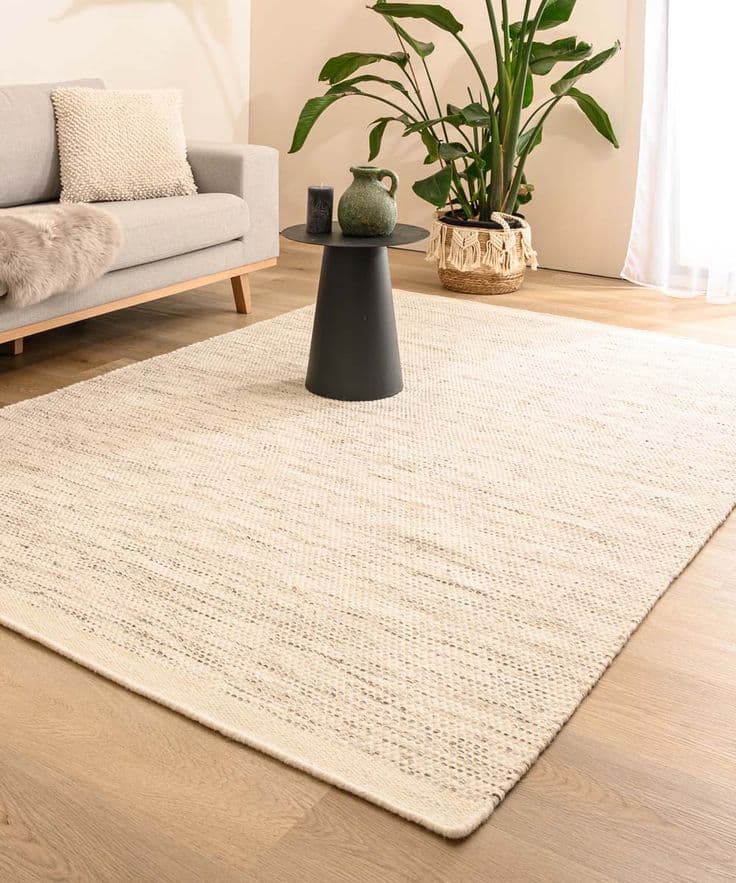
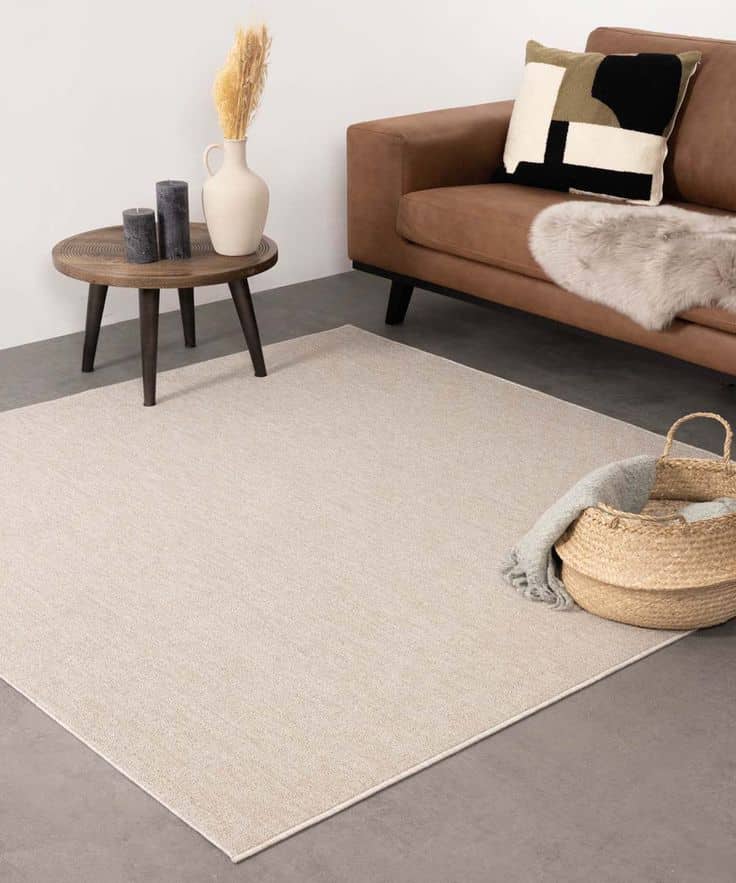
Durability impacts value. Wool rugs last the longest. They resist stains and wear well over time, making them a good investment despite the higher price.
Jute, sisal, and coir rugs wear out faster and show dirt more easily. They are best for low-traffic areas. These rugs often need replacement after 3-5 years if used heavily.
A rug’s value comes down to balancing cost with how long it will look good and hold up where it’s used.
Comparing Natural Fiber Rugs With Synthetic Rugs

Natural fiber rugs and synthetic rugs differ in how they last, handle stains, and affect the environment. Knowing these details can help in choosing the right rug for different needs.
Performance Differences
Natural fiber rugs, like jute and sisal, are usually less resistant to stains and moisture. They can wear down faster in high-traffic areas because the fibers are softer and more absorbent. These rugs might also fade if exposed to direct sunlight for long periods.
Synthetic rugs, often made from nylon or polyester, are stronger when it comes to resisting stains and moisture. They tend to last longer, especially in busy rooms. Synthetic fibers hold their color better and often feel softer underfoot.
Environmental Impact Comparison


Natural fiber rugs are biodegradable and come from plants that can be grown each year. This means they generally have a smaller carbon footprint during production. However, some natural fibers require heavy water use and chemicals in farming.
Synthetic rugs are made from petroleum-based products, which take a long time to break down after disposal. Making synthetic fibers uses more energy and generates more pollution. On the plus side, some synthetic rugs are made from recycled materials, which lowers environmental damage.
Where to Buy Quality Natural Fiber Rugs
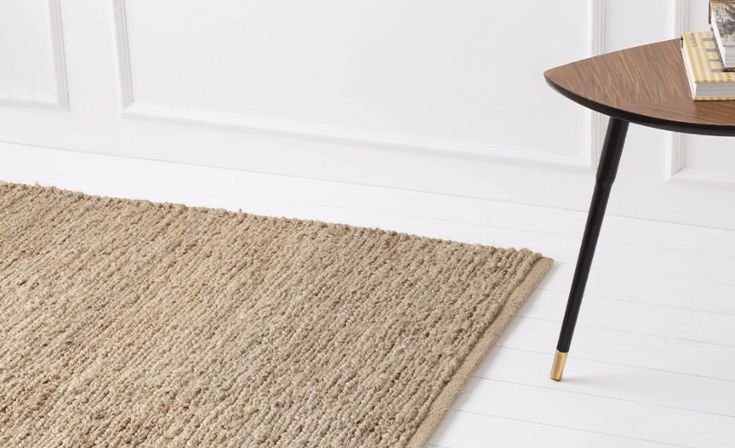
Quality natural fiber rugs are available at many stores, both online and in person. Specialty home goods stores often carry a good selection of jute, sisal, or wool rugs. These stores usually provide detailed information about the rug’s materials and care.
Online marketplaces like Wayfair, Amazon, and West Elm offer a wide range of natural fiber rugs. Buyers can read reviews and compare prices easily. It’s helpful to check return policies before purchasing.
Local artisan shops or craft fairs can be ideal for finding handmade rugs. These places often sell unique pieces that are durable and well-made.
Here is a list of common places to find natural fiber rugs:
| Store Type | Example | Notes |
|---|---|---|
| Home Goods Retailers | Target, Crate & Barrel | Easy to find, moderate price |
| Online Marketplaces | Wayfair, Amazon | Wide selection, customer reviews |
| Artisan Shops | Local craft fairs | Unique, handmade options |
| Specialty Rug Stores | ABC Carpet & Home | High quality, expert advice |
They should choose a store based on budget, style preference, and need for customer support. Checking materials and return options ensures better satisfaction.
- 34shares
- Facebook0
- Pinterest34
- Twitter0



